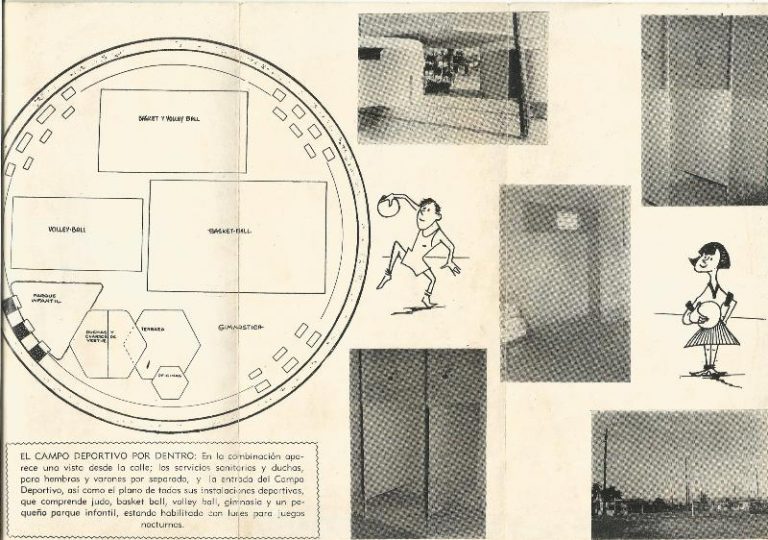The last and eternal home of the Camagüey martyr Mario Arostegui Recio, a clandestine fighter against Batista, has a bronze plaque where the oath of his companions is remembered: “Mario, your cause is ours and for it we will fight until we win.”
67 years have passed since that violent murder of the young revolutionary, but his hometown has not forgotten the promise, and we not only enjoy the freedom for which he gave his life, but also, two places of great affluence bring him to the memory of the people of Camagüey every day. I want to bring you closer to those two public spaces with this chronicle.
Mario Arostegui Recio Park
Located at the intersection of Republic Street and Van Horne Promenade, this park has been named after him since 1975; in it is located a bust cast in bronze by the railwaymen, with the scrap metal of a steam engine.
There, every November 13th, they gather to look back on the loss of that young union worker, who did not tolerate injustice and bravely faced the soldiers of the dictatorship, to not allow any abuse of the many they committed daily.
In 2000, the Office of the Historian began a restoration process to the already deteriorated environment and the space was remodeled, leaving the tall red beams that simulate the front of a Russian locomotive, new benches and a low relief attached to the wall, with Mario’s face and a phrase that defines him.
The bronze bust was transferred to the second place that remembers him: the Mario Arostegui Sports Complex, located on Jaime Noguera Street in La Vigía neighborhood, very close to the Arostegui Family home; where he lived until his murder in the Bidot barracks in 1953, at the age of 27.
The Sports Complex
Since 1960 the complex bears his name, an anecdote from Marlene Álvarez Arostegui, his niece, speaks of the ignorance of history, which still existed in the town in those years.
As she told me, when the sports complex was inaugurated, which some neighbors call the roundabout because of its circular shape, two young people approached her at the opening ceremony to ask if Mario had a lot of money, because to name a place like that after him did not have any other possible explanation.
She says that she took a deep breath so as not to cry with indignation and then told them that her uncle was a very brave man, that for his actions to support the clandestine fight against Batista he was arrested, savagely tortured and murdered in the town of Bidot, without giving any information to the tyranny men.
Then his body was outraged and placed on the bridge over the Mabay river, which leads from Bayamo to Manzanillo, along with a firecracker, to simulate his death by the explosion and not by the hand of an executioner of the dictatorship.
His comrades managed to rescue the body and bury it with dignity in a railroad pantheon, then raised funds and bought a grave for him.
The Tribute
For this reason, since 2000 the Office of the Historian brought to the entrance of this sports complex the bronze bust that used to be in the park at the entrance of Republic Street. A pedestal was cast and the walls were painted.
Since then, each death anniversary on November 13th, a modest tribute starred by the students who enjoy this complex, takes place there; where his two nieces Marlene and Mercedes always accompany us.
They manage to overcome the pain caused by these sad memories and lift the veil of the years, to let us remember once again the story of Mario Arostegui Recio, martyr of the clandestine struggle against Batista, who devoted his youth to fight for a Cuba free from abuse and oppression.
I hope that this tour of two public spaces in my Camagüey has brought you closer to a worthy son of this land.
Translated by: Aileen Álvarez García






